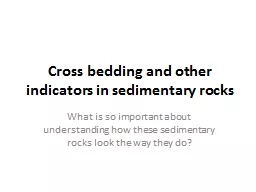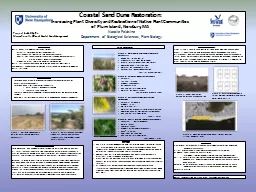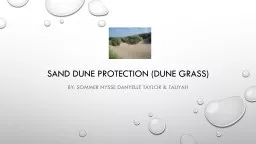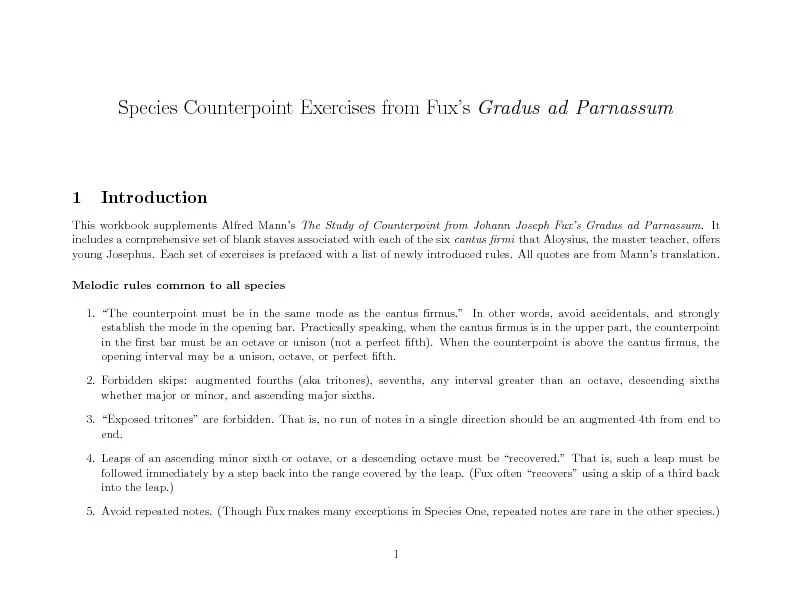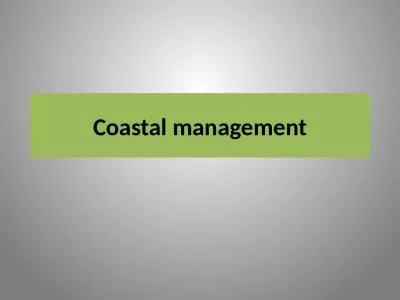PDF-CHAPTER Aeolian systems CASE STUDY Coastal dune sys
Author : calandra-battersby | Published Date : 2015-04-23
The coastline of Wales may not be exceptional ly more prone to barrier dune formation than other areas of the long British coastl ine but its coastline is compact
Presentation Embed Code
Download Presentation
Download Presentation The PPT/PDF document "CHAPTER Aeolian systems CASE STUDY Co..." is the property of its rightful owner. Permission is granted to download and print the materials on this website for personal, non-commercial use only, and to display it on your personal computer provided you do not modify the materials and that you retain all copyright notices contained in the materials. By downloading content from our website, you accept the terms of this agreement.
CHAPTER Aeolian systems CASE STUDY Coastal dune sys: Transcript
Download Rules Of Document
"CHAPTER Aeolian systems CASE STUDY Coastal dune sys"The content belongs to its owner. You may download and print it for personal use, without modification, and keep all copyright notices. By downloading, you agree to these terms.
Related Documents



